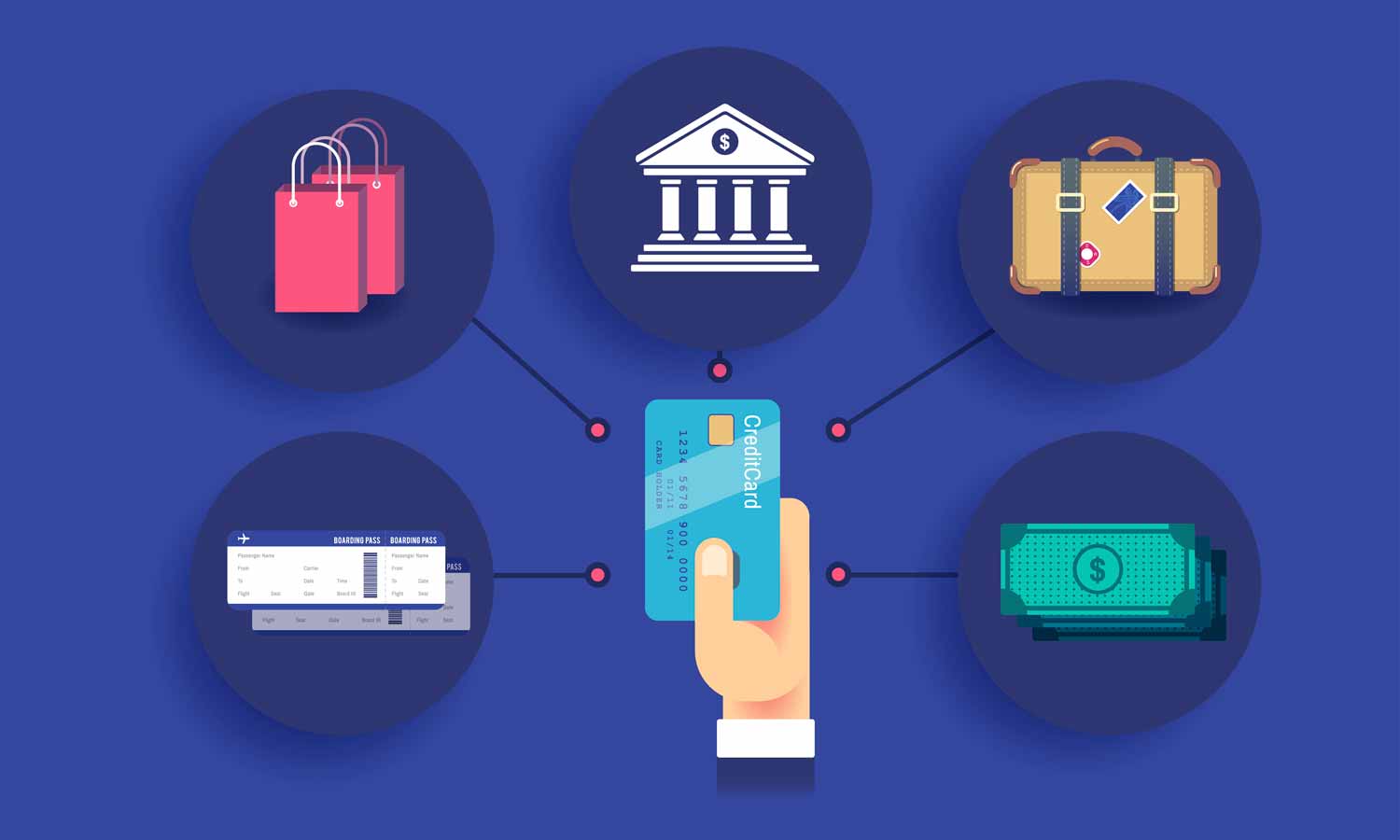Historically, the IT players have relied heavily on perimeter security schemes to safeguard critical assets like intellectual properties and user data. These plans relied on firewalls and network-based measures to scrutinize and authenticate users that entered and exited their networks.
But with the evolving digital landscape and the adoption of hybrid cloud environments, businesses are changing the way they work. In the face of these advancements, perimeter security strategies are no longer effective. This is where the zero trust cyber securitymodel comes in handy.
What is Zero Trust Security?
Zero trust security refers to a cyber security approach that works better than conventional trust models in corporate networks. Unlike conventional security approaches, Zero Trust cyber security assumes a proactive approach. It operates based on the ‘never trust, always verify’ principle. This principle assumes that no device or user can be trusted, irrespective of their network or location. By assuming that breaches can happen and making an effort to reduce their impact, Zero Trust offers users, applications, and devices consistent protection.
Zero trust networks are built of five basic fundamentals:
- The networks are assumed to be hostile
- Networks are constantly exposed to internal and external threats
- Network location is inadequate to determine network trust
- Each device, network flow, and device must be authorized and authenticated
- Security policies should be dynamic enough to handle multiple data sources
Fundamentals of Zero Trust Security
The model behind Zero Trust Security focuses on device and user security and is built on the ‘never trust, always verify’ principle. At its core, Zero Trust Security is guided by the principles of micro-segmentation, least privilege access, and multi-factor authentication.
Micro-segmentation secures networks by ensuring that different parts are accessed separately. Least privilege, on the other hand, reduces the impact in the event of breach by maintaining user access only to what is necessary. Multi-factor authentication supports user security by requiring them to use multiple authentication formats.
The Zero Trust model runs on various logical components, these include:
- IAM – Identity and Access Management
- Network Segmentation
- SOAR – Security Orchestration, Automation, and Response
As a component, network segmentation limits lateral threat movement and unauthorized network access by dividing networks into micro-perimeters. SOAR improves organizational security capabilities by supporting the automation of threat detection and response while IAM limits access to authorized and authenticated users and devices.
These principles and components of Zero Trust security model support the reduction of attack surface, improve visibility, and reduce lateral movement. All this strengthens the security posture of an organization.
Importance of Zero Trust Security
Cybersecurity is a challenge for organizations across the world as the ransomware threat continues to become prevalent. This problem is compounded by the remote workforce and the headache of securing them. These challenges have seen conversations about Zero Trust shift from IT teams to the boardroom
Zero Trust Security tackles a range of cybersecurity threats including data breaches, insider threats, and other high tech threats that may be persistent. By treating each access request as a threat, it reduces the threats, minimizes attack surface and reduces unauthorized access risk significantly. In the absence of Zero Trust Security, organizations are prone to unauthorized users getting access to sensitive data. This can result in financial losses, data breaches and non-compliance with data privacy regulations.
Requirements for Zero Trust
Implementing the Zero Trust cybersecurity model takes a wide range of security experience and capabilities. These requirements include the following:
- Data: Protect important data with zero trust practices. Identify and classify your data, then manage its access depending on the level of risk
- Identity: You have to define the policies that govern zero trust security in order to manage access across accounts, devices, and accounts.
- Devices: Companies that adopt the zero trust approach to cyber security must be ready to defend those practices. This includes application of the approach in applications and management of endpoints.
- Analytics: Use intelligent analytics to implement and track zero trust policies. Keep tabs on user behavior, business data and resources.
- Automation: Resolve security issues fast and iterate them with common playbooks and coordinated actions
- Network: Use proven expertise, skills and solutions to protect security infrastructure, endpoints, and networks from modern-day cybersecurity threats.
Use Cases of Zero Trust Security
Although Zero Trust has been the defining cyber security standard for many years, it’s the formalized response when it comes to securing digital transformation and a host of serious threats that organizations contend with each year. Any company can benefit from the Zero Trust security model. However, company can get instant benefits if you deploy the model to protect infrastructure like:
- SaaS Applications
- Unmanaged electronic devices
- Hybrid, multi-cloud and multi-identity environments
- Legacy systems
Some use cases where Zero Trust models can be used to address security threats include:
- Attacks targeting supply chains. Such attacks typically involve unmanaged users who world remotely and devices
- Ransomware attacks involves compromised identity and code execution
- Insider attacks that threaten to analyze behavior of remote users
How to Implement Zero Trust
Implementation of the Zero Trust Security model involves multiple stages. While companies may have varying needs, the following are the stages that your IT professions will have to undertake.
Here are the stages involved:
- Visualization: Identify all the resources you’ll need, including the access points. Create a visual representation of the risks involved
- Mitigation: Detect and prevent the impacts of security threats from spreading in the event a threat isn’t stopped immediately
- Optimization: Expand protection efforts to all aspects of IT infrastructure and resources, irrespective of their location. As you do this, optimize user experience for users security, and IT teams.
Conclusion
Zero Trust is gaining traction as a critical approach for tackling cybersecurity. The approach underscores the need for regular security checks on devices and user identities and strong access controls. Under the Zero Trust model, trust is never guaranteed. Each access request is viewed as a threat until its safety is proven. This change in security architecture is critical when it comes to securing today’s dynamic and highly complex digital environment.









